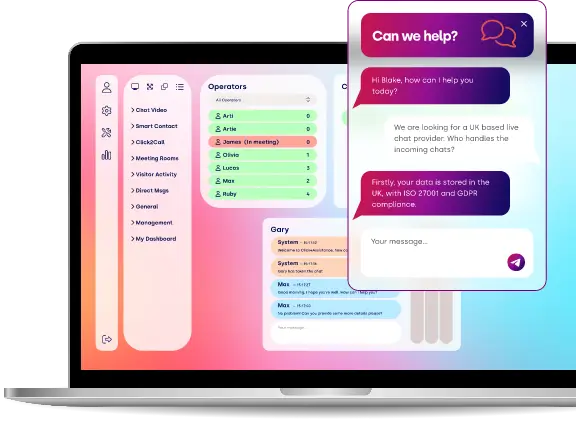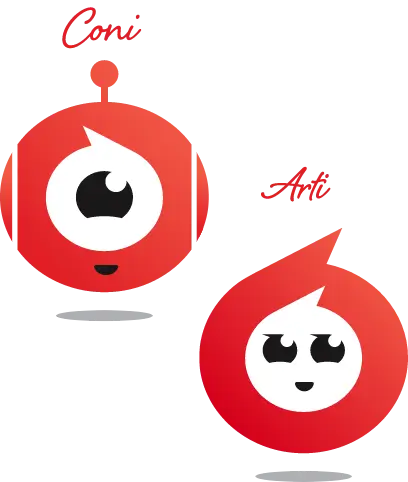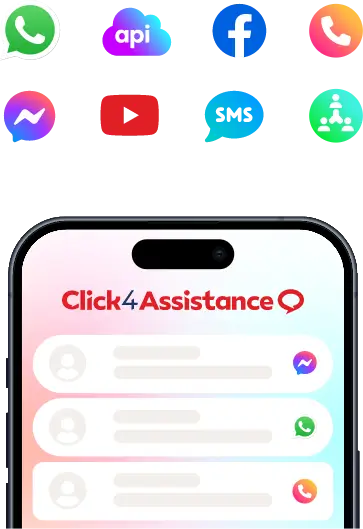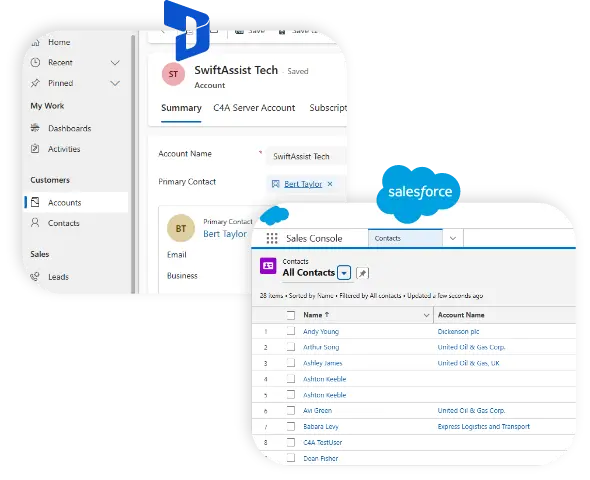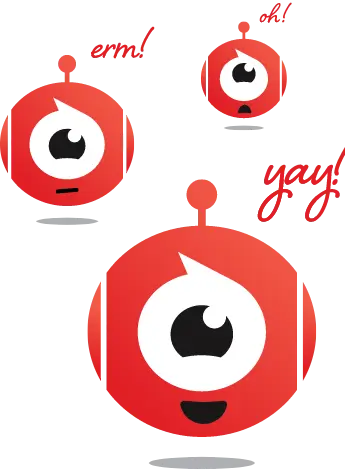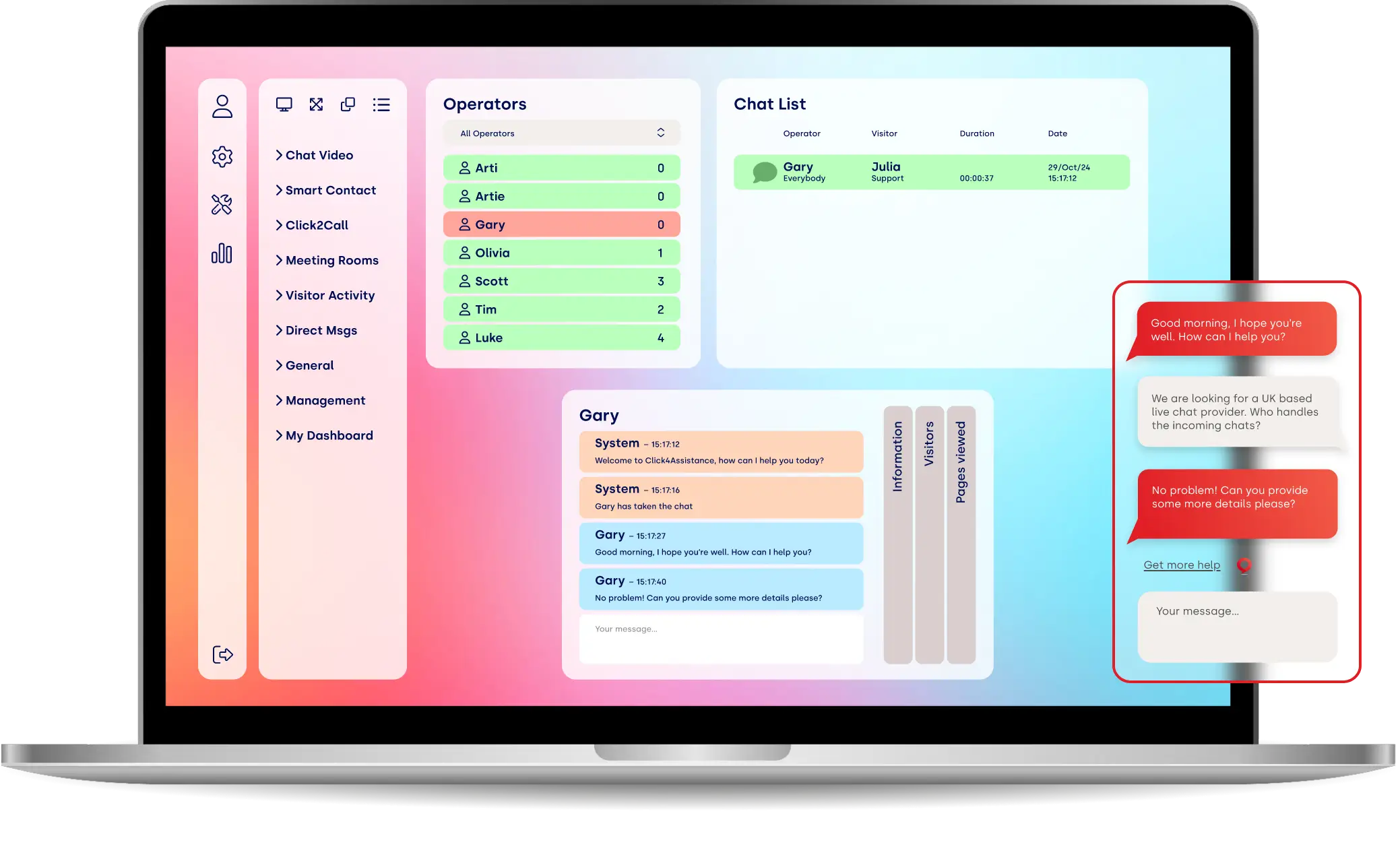5 Ways to Personalise Your Marketing Messaging and Boost Engagement

In the digital age, one size fits none. As a marketer, personalisation isn’t just a buzzword; it’s a vital strategy to cut through the noise and genuinely engage your audience.
This in-depth guide will show you how to put live chat on website and personalise your marketing messages in five concrete ways, ensuring that your content resonates with your audience and enhances engagement.
Before delving into technical strategies, it is crucial to emphasize the significance of this topic. In today's fiercely competitive market, consumers are bombarded with an abundance of generic marketing content. The key to success lies in personalization — crafting your message to cater to the unique needs, interests, and behaviours of individual customers. By doing so, you can forge a deeper connection and establish a meaningful rapport with your target audience.
Personalization isn't just a tool for marketing effectiveness; it also fosters customer loyalty and brand trust. Nearly 80% of consumers are more likely to purchase from a brand that offers personalised experiences, according to a study by Epsilon. So, with that in mind, let's get personal.
1. Understand Your Target Audience
Before you can personalise your messaging, you need to know who you're talking to. Understanding your audience is the cornerstone of any effective marketing strategy.
Conduct Market Research
Effective market research helps you gain vital insights into customer behaviours and industry trends. Using tools like surveys, focus groups, and competitor analysis, you can uncover what makes your audience tick. It’s about getting to know your audience’s preferences, buying patterns, and pain points so you can deliver compelling, tailored messages.
Create Buyer Personas
An effective way to understand your audience is by creating buyer personas—semi-fictional representations of your ideal customers based on data and market research. These personas should include details like demographic information, job role, interests, and common objections to your product or service, providing your marketing team with a clear picture of who they are targeting.
By having a clear understanding of your target audience, you can create marketing messages that resonate on a personal level, driving engagement through relevance.
2. Segment Your Audience
Once you have a thorough understanding of your audience, the next step is to segment them. Segmentation involves dividing your audience into smaller groups based on certain criteria, such as age, location, purchasing behaviour, or interests.
Using Demographic and Psychographic Data
Demographic segmentation is a traditional yet powerful method of dividing your market based on specific traits like age, gender, income, and education. It gives you a broad understanding of different audience groups.
In contrast, psychographic segmentation looks at the psychological aspects of consumer behaviour, including values, interests, and lifestyle. This type of segmentation is more granular and can lead to highly targeted messages.
Implement Segmentation Strategies
There are various segmentation strategies you can employ. For example, you might create a segment for young professionals in urban areas who are interested in sustainable products or for retirees looking for travel and leisure opportunities.
The key is to use segmentation to send the right message to the right audience at the right time. Personalization through segmentation ensures that your audience feels like you’re speaking directly to them, which can significantly improve engagement.
3. Utilize Data and Analytics
Data is the lifeblood of personalised marketing. Leveraging the right data and analytics tools can help you understand customer behaviour in real time and adapt your messaging accordingly.
Collecting and Analysing Customer Data
Start by collecting as much relevant data as possible, from website analytics to email open rates. This information will be used to analyse customer interactions with your brand and identify opportunities for personalization.
Leveraging Data for Personalised Messaging
Utilize customer data to create marketing messages that are timely and relevant. For instance, if a prospect frequently visits a particular product page on your website, you can use that information to send them a personalised email offer for that product.
Data-driven personalization can lead to higher conversion rates and improved customer satisfaction, as customers receive messages that are directly related to their needs and interests.
4. Implement Dynamic Content
Dynamic content allows you to personalise your marketing materials at a granular level, displaying different content to different users based on their preferences, behaviour, and profile.
Customizing Content Based on User Behaviour and Preferences
If a user has visited your site multiple times without making a purchase, you might show them an ad with a discount for their first purchase. Or, you could personalise your website’s homepage to highlight products that are similar to ones they’ve previously shown interest in.
Utilizing Dynamic Content Tools and Platforms
Many tools and platforms can help you implement dynamic content, from email marketing software to website personalization engines. These tools use algorithms to sift through customer data and present the most relevant content to each user.
Dynamic content is a powerful way to personalise your messaging, as it allows you to adapt your message in real time based on how a user is interacting with your brand.
5. Leverage Automation and AI
Marketing automation and AI offer the ability to personalise marketing messages at a scale that would be impossible manually.
Utilizing Marketing Automation Tools
Automation tools allow you to set up rules and triggers that send personalised messages to users without the need for manual intervention. For example, if a customer abandons their shopping cart, an automated email can be sent to remind them and encourage them to complete the purchase.
Incorporating AI Algorithms for Personalised Recommendations
AI can take personalization to the next level by predicting customer behaviour and preferences. One notable example is Amazon's recommendation system, which uses AI to make personalised product suggestions to customers based on their browsing and purchasing history.
By incorporating AI into your marketing strategy, you can provide customers with a more personalised and relevant experience, leading to improved engagement.
In Conclusion: The A to Z of Personalisation
Personalising your marketing messages can be a game-changer for your business, leading to improved customer satisfaction, higher conversion rates, and increased brand loyalty. By understanding your audience, segmenting effectively, using data and analytics, implementing dynamic content, and leveraging automation and AI, you can craft messaging that truly connects with your customers on a personal level.
In an age where customers expect more from the brands they interact with, personalisation is no longer optional—it’s essential. As you embark on your personalisation journey, remember that it’s a marathon, not a sprint. Continuously refine your approach, test new strategies, and always keep your customers at the centre of your marketing efforts.
